How to Install Kodi on iOS Without Jailbreak: 2025 iPhone & iPad Guide
On some devices, such as Android phones, installing Kodi is as simple as downloading the app. Unfortunately, things are more complicated when it comes to getting Kodi on iOS, but it is possible. We'll show you how in this guide.
Despite the abundance of free and paid streaming platforms, some users still favor the open-source media player, Kodi. The software is compatible with various operating systems, including Windows, macOS, Android and Linux, and it’s a breeze to install on most systems. Unfortunately, installing Kodi on iOS devices is a whole different kettle of fish.
Android devices can access the software through Google Play, but Kodi is not available in the Apple app store because Apple doesn’t support it. The official Kodi how-to guide for iOS lists a few different methods to get around this, but it acknowledges that some are experimental and potentially buggy.
We put this to the test by experimenting with various ways to install Kodi on iOS, and we succeeded with one method. Without further ado, here’s how we installed Kodi on iOS so you can get straight to using your favorite builds and Kodi add-ons. On that note, if you’re having issues with speed on Kodi, we recommend checking out our Kodi buffering issues guide.
-
11/07/2024 Facts checked
Rewritten to share tutorials on current working methods of getting Kodi on iOS devices.
Easiest No-Jailbreak Method: How to Install Kodi on iPhone With Sideloadly
Before beginning these steps, you’ll need the Kodi IPA file. Scroll down for our IPA file conversion guide. It’s important to follow these steps to the letter, as it’s easy to miss bits that could affect the whole process. If you’re new to Kodi, we have a useful Kodi how-to guide that might help you get the most out of it.
You may need to re-sideload Kodi regularly. Some netizens have mentioned that you must do it every seven days, but there’s no official confirmation of this.
Make sure iTunes and iCloud (the non-Microsoft Store versions) are on your PC before you start — you can get the links from Sideloadly’s download page. This is very important.
- Install Sideloadly on Your PC
Go to Sideloadly’s website and download it for Windows or Mac. Go to the arrow in the top-right corner of your browser to open the file and start installing Sideloadly.
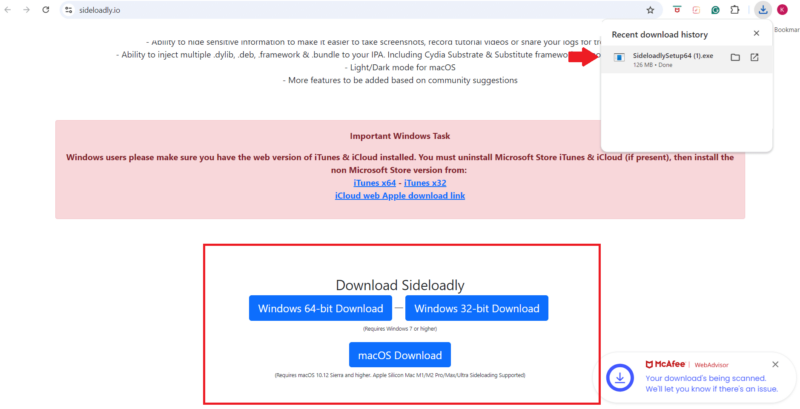
- Connect Your iOS Device to Your PC
Connect your iOS phone or tablet to your computer with a USB cable.
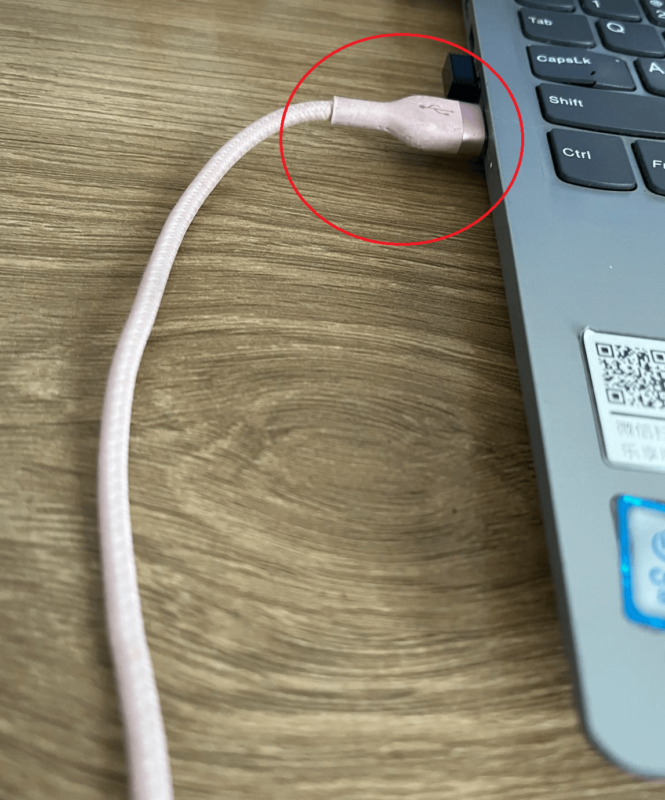
- Upload the IPA File
Launch the Sideloadly app, and you should see your iOS device in the iDevice bar. Click the “IPA” image and find your Kodi IPA file. Then, input your Apple ID. Click “start” when you’re ready.
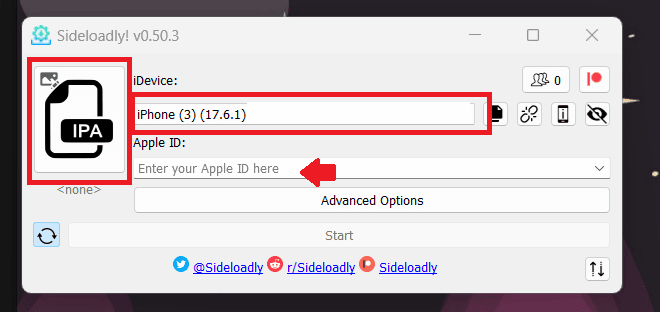
- Enter Your Apple Password
When prompted, enter your Apple ID password and click “OK.”
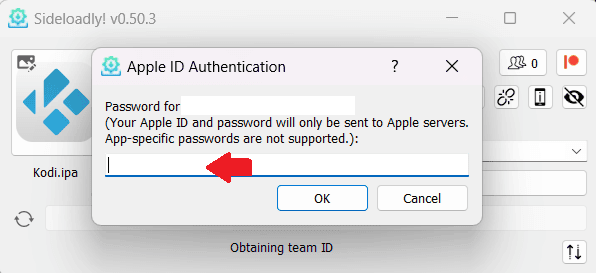
- Trust Your Apple ID
Wait for Kodi to finish installing on your iPhone or iPad. When it’s finished, the Kodi app will show up on your phone. Go to “settings” and “general,” then click the “device management” tab. Tap your Apple ID and select “trust.”
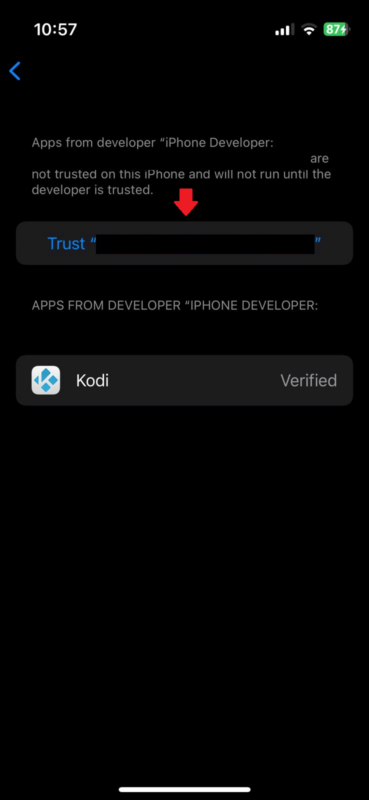
- Turn On Developer Mode
If you haven’t already, go to “settings,” then “privacy & security.” Toggle on “developer mode.” Your device will restart, and you should now be able to use Kodi on your iPhone or iPad. As the notes in the image below explain, just bear in mind that enabling developer mode can make your device less secure.
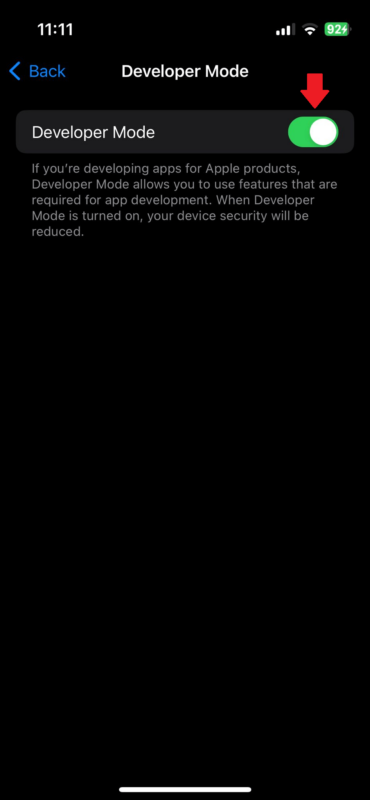
How to Install Kodi on iPad
The method for installing Kodi on an iPad is identical to the one for iPhone, so you can follow the same steps described above.
To recap, as with an iPhone, you’ll need to download Sideloadly and connect your iPad to your PC. Then, upload the Kodi IPA file to Sideloadly and enter your Apple ID details. Finish up by “trusting” your Apple ID in your iPad’s “device management” settings and toggling on “developer mode” in the “privacy & security” section.
How to Install Kodi on iOS With Cydia Impactor
According to the Kodi Wiki, the Cydia Impactor app can install Kodi on both jailbroken and non-jailbroken iOS devices. We gave it a shot with our non-jailbroken iPhone, but unfortunately, this method didn’t work for us.
This may be because we were using the free version: The Cydia website explains that installing IPA files on iPhone is possible only with a paid developer account (see the image below). Despite our bad luck, we decided to share the steps anyway — if you have a paid developer account, this method might work for you, but there are no guarantees.
- Download Cydia Impactor
Connect your iOS device to your PC with a USB cable. Go to the Cydia Impactor website and download the software for your operating system. Click the arrow in the top-right corner of your browser to find and open the folder.
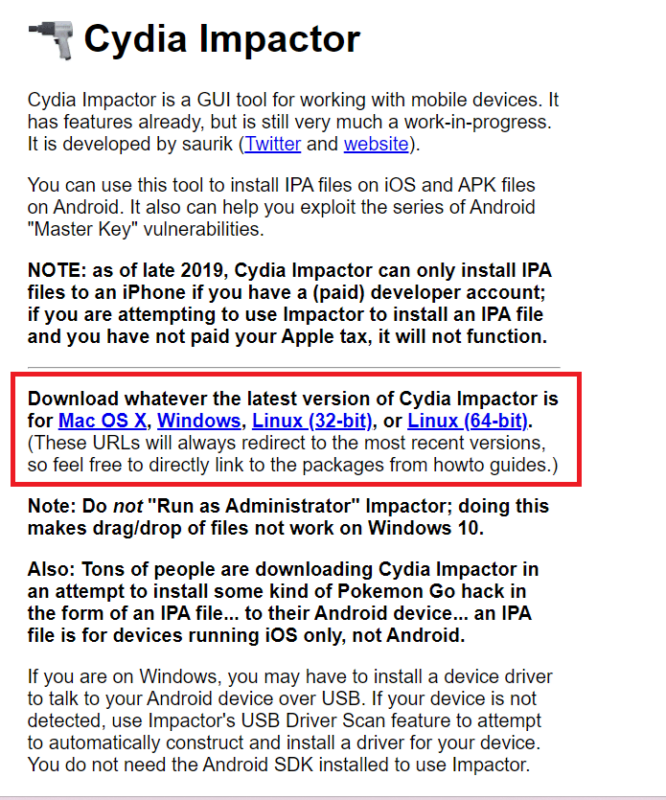
- Extract Cydia Impactor
When you’ve opened the file folder, extract the contents.
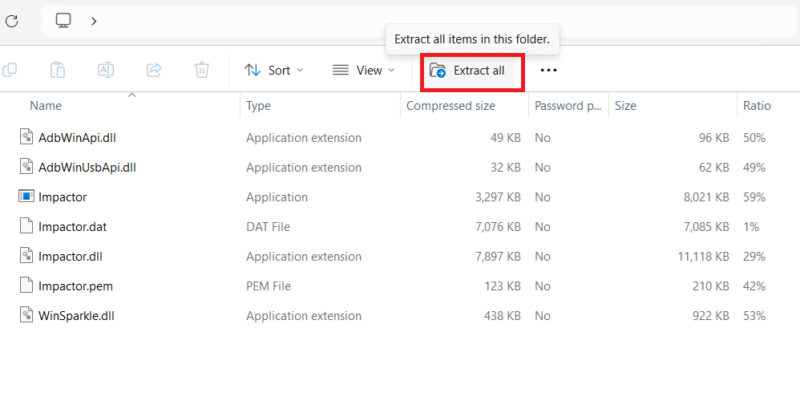
- Open Cydia Impactor
Once it’s extracted, open Cydia Impactor.
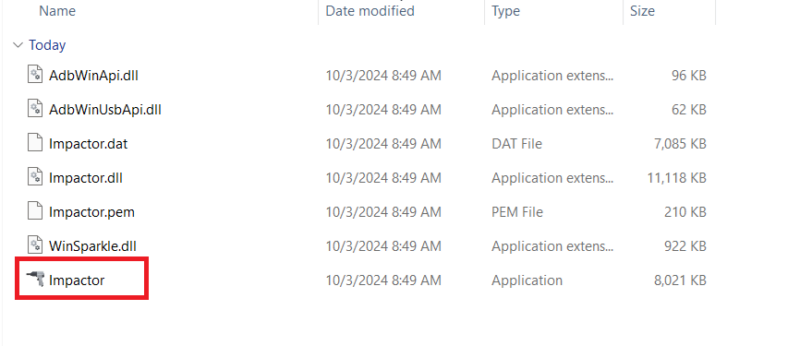
- Drag Kodi IPA Into Cydia
Check that your iOS device is detected in the top bar of Cydia. Then, drag your Kodi IPA file from its folder into the second bar. Enter your Apple ID when prompted. Unfortunately, this is where the process stopped working for us.
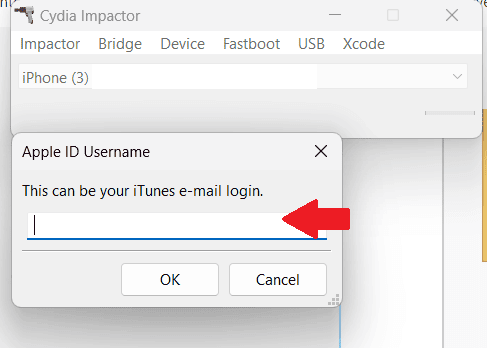
- Finish the Cydia Impactor Setup
If Cydia Impactor successfully installs Kodi on your iOS device after you enter your Apple ID details, follow step five from our Sideloadly guide further up to trust your Apple ID. It may also prompt you to enable developer mode — see step six in the Sideloadly guide.
Can I Use the TweakBox App to Install Kodi on iOS?
No. While you may have seen TweakBox recommended in other sources as a method of installing Kodi, the TweakBox app no longer works. We tried it and a few of its alternatives, but we had no luck using them to get Kodi on iOS.
How to Convert a DEB File to IPA
If you don’t have a Kodi IPA file already, follow these steps to get the Kodi DEB file and convert it to an IPA file. The steps may seem long-winded, but if you follow them to the letter, it won’t be too difficult to get your Kodi IPA file.
- Install 7-Zip on your PC.
- Go to the Kodi download page for iOS and download the Kodi DEB file.
- Open the folder with the DEB file you downloaded and right-click the file. Select “7-Zip,” then choose “extract files.”
- Open the folder that appears and right-click the zipped “data” folder. Click “7-Zip,” then choose “extract files.”
- Open the new unzipped “data folder” that shows up underneath and keep clicking until you get to a folder called “Kodi app.”
- Create a new folder and name it “Payload” (capital “P”). This should appear beneath the “Kodi app” folder.
- Drag the Kodi app folder into the “Payload” folder, or copy and paste it there if you prefer.
- Right-click on the “Payload” folder and go to “7-Zip.” Then choose “add to archive.”
- In the next window, name the file “Kodi.ipa” — it’s essential that the name ends in “.ipa”. Double-check that the format bar says “zip.” Click “OK.”
- Your Kodi file (IPA) should now be available to use with software like Sideloadly.
Final Thoughts: Kodi Sideload — iOS Guide
If you’re trying to download Kodi on your iOS device, we hope our guide was able to help. If so, you should now be able to install Kodi addons or Kodi builds to your heart’s content. The process is far from simple, but it’s doable with a bit of patience.
Have you successfully installed Kodi on your iDevice? Which method worked best for you? Do you have any extra useful tips? We’d love to see them in the comments box. Thanks for reading.
FAQ: How to Get Kodi on iPhone or iPad
Yes, but Kodi users who want it on iOS will have to sideload it because the Apple app store doesn’t support Kodi.
There is no official confirmation of why Kodi isn’t available in the Apple app store, but it might be because Apple is wary of apps that could potentially be used for piracy. Kodi itself is legal in most countries, but some third-party add-ons provide access to unlicensed content.
AltStore doesn’t have Kodi itself; instead, it’s designed to help you sideload apps like Kodi on your iOS device. Once installed, you can use an IPA file to install your app of choice, as with software like Sideloadly. However, there’s no guarantee it will work. If you want to try this method, TweakBox has a dedicated guide on how to use AltStore.
Yes. Android users can get the Kodi app from the Google Play store. iOS users must sideload it with software like Sideloadly or Cydia Impactor as Kodi isn’t available in the Apple app store.


